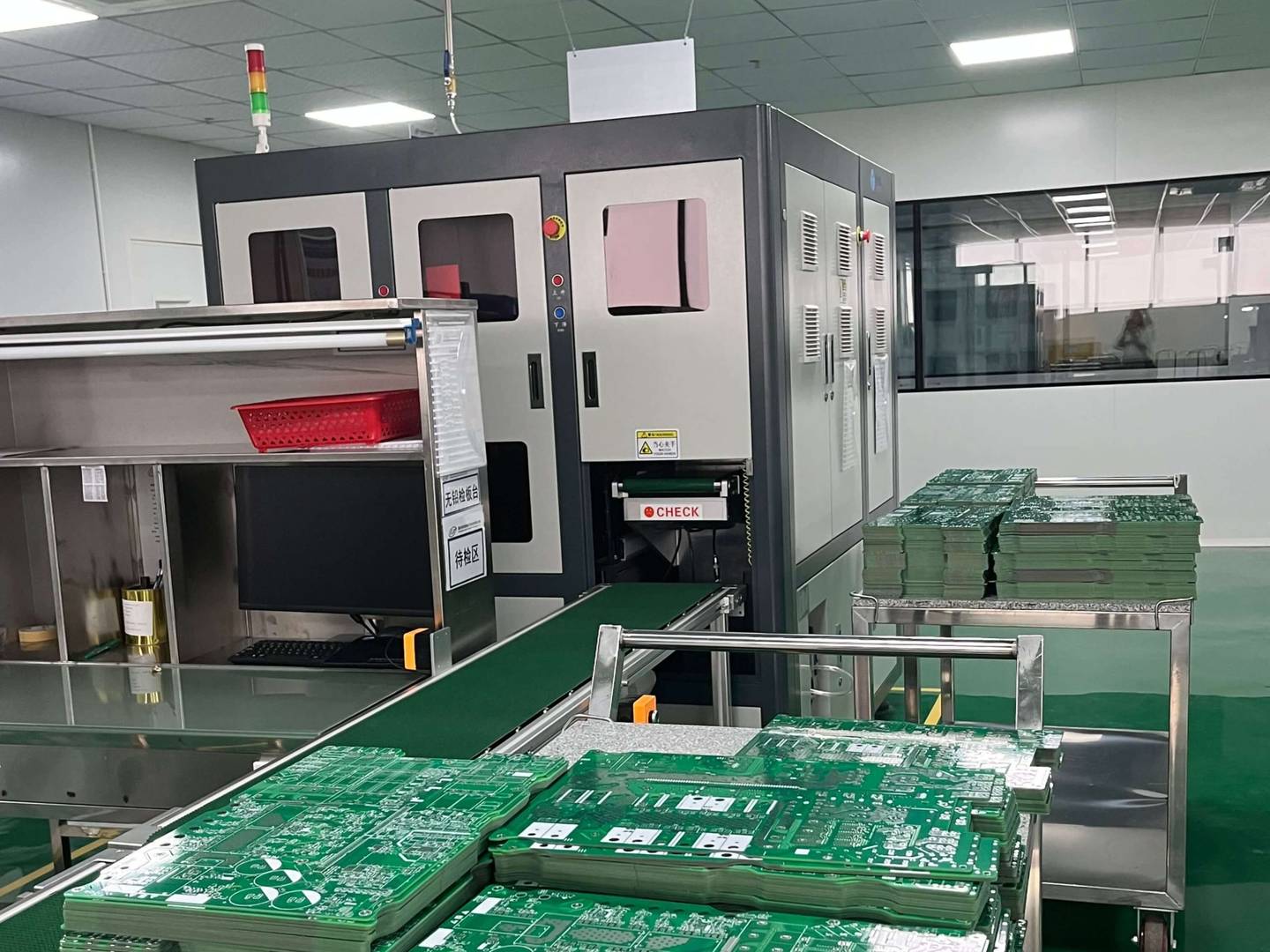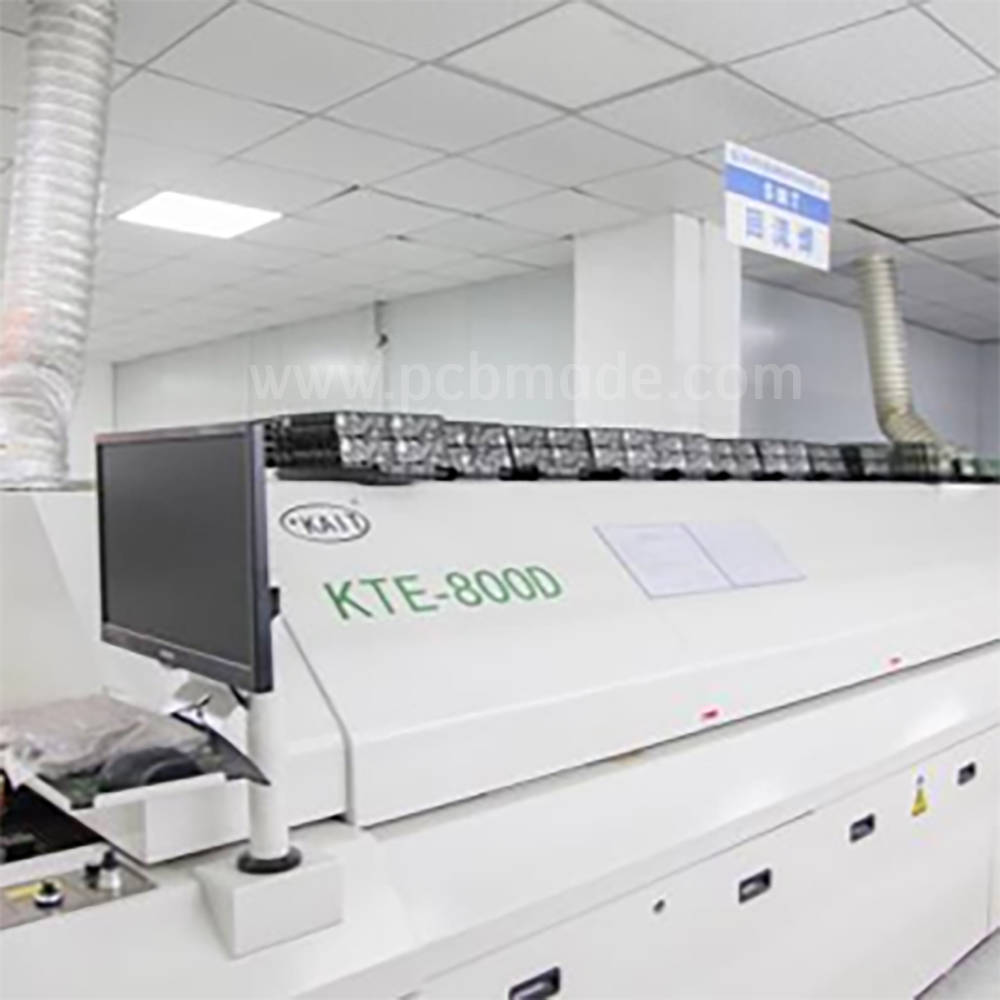Aluminum substrates are widely used in the production and manufacturing processes of many electronic components. And the withstand voltage test of aluminum substrate is also a very important step in this process. However, what is the normal standard for withstand voltage testing of aluminum substrates? This is a question that many people are very concerned about. So, through data analysis, let’s explore the normal standards for withstand voltage testing of aluminum substrates together!
Firstly, we need to understand what an aluminum substrate is. Aluminum substrate is a metal substrate based on aluminum materials, with high thermal conductivity and strength. It is mainly composed of aluminum based materials and dielectric layers, and has the advantages of high thermal conductivity, good resistance to repeated bending, and strong welding performance. It is widely used in various electronic components.
In order to ensure the quality and stability of these electronic components, aluminum substrates must undergo withstand voltage testing. Voltage withstand test refers to applying a certain voltage or current to an aluminum substrate for a certain period of time to test its insulation and voltage resistance. A good aluminum substrate should be able to withstand a certain voltage or current without being damaged, which is the normal standard for aluminum substrate withstand voltage testing.
So, specifically, what voltage or current should an aluminum substrate withstand to be considered qualified? There is no fixed answer to this question, as different electronic components have different requirements for the withstand voltage test of aluminum substrates. However, through data analysis, we can summarize a rough normal standard.
According to the regulations of the International Organization for Standardization (ISO), the withstand voltage test of aluminum substrates for most electronic components should meet the following requirements:
1. Applied voltage: usually 500V, 1000V, 1500V, or 2000V.
2. Application time: usually 1 minute.
3. Testing conditions: Conduct in an environment without air flow and pollutants at room temperature.
4. Test result: If no current passes through, it is considered qualified.
5. Current magnitude: should not exceed 10% of the specified value.
The above are common voltage withstand testing standards for aluminum substrates, but for some special electronic components, the testing standards may vary. Therefore, before conducting the voltage withstand test on the aluminum substrate, it is necessary to carefully understand the voltage withstand test standards of the component and conduct the test according to the standards to ensure the good quality of the product.
In addition to its application in electronic component manufacturing, aluminum substrates are also widely used in other fields such as LED lighting, solar cells, etc. In these fields, the withstand voltage test of aluminum substrates is also crucial. Through withstand voltage testing, the quality and performance of the aluminum substrate can be verified, thereby ensuring the reliability and stability of the product.
In summary, the withstand voltage test of aluminum substrates is a very important step in the production and manufacturing process of electronic components. By understanding the normal standards of this test and conducting tests according to the standards, the high quality and performance of aluminum substrate products can be ensured.











